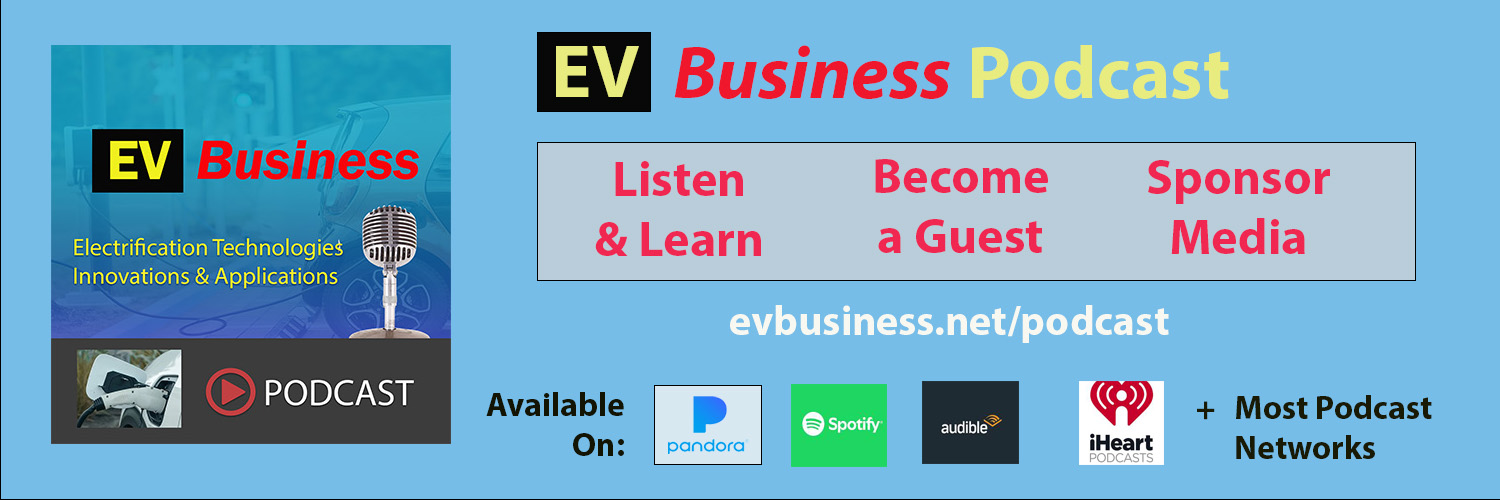What if every car on the road suddenly became electric? Would the electric grid collapse? Would we run out of power?
The surprising answer: not only would the grid handle it – we might even use less electricity. Let’s break it down.”
First off, electric cars are way more efficient than most people realize. The average EV gets about 3 to 5 miles per kilowatt-hour of electricity and the typical American drives only about 30 miles a day (thanks, AAA).
Let’s do the math. At 4 miles per kilowatt-hour, that’s just 7.5 kWh per day to charge your car. To put that into perspective, it’s like running a hair dryer for about 3.5 hours. That’s it! For the grid, that’s a drop in the bucket.
But here’s where it gets even more interesting. Making gasoline is incredibly energy-intensive. Refineries burn through about 5 kWh of electricity just to convert oil into one gallon of gas. That’s right – before gas even gets to a car, it’s already been sipping electricity off the grid.
Now imagine replacing a gas-powered car that gets 20 miles per gallon or less with an electric car. The electricity saved from NOT refining that gas can offset the energy needed to charge the EV. In some cases, switching to electric might actually reduce overall electricity use.
So the next time someone says, ‘The grid can’t handle electric cars,’ you’ve got the facts: Electric vehicles are efficient, and the hidden energy cost of gasoline is already a burden on the grid. By switching to EVs, we’re not just reducing emissions – we’re using energy smarter.
The future is electric, and it’s more possible than we think.


